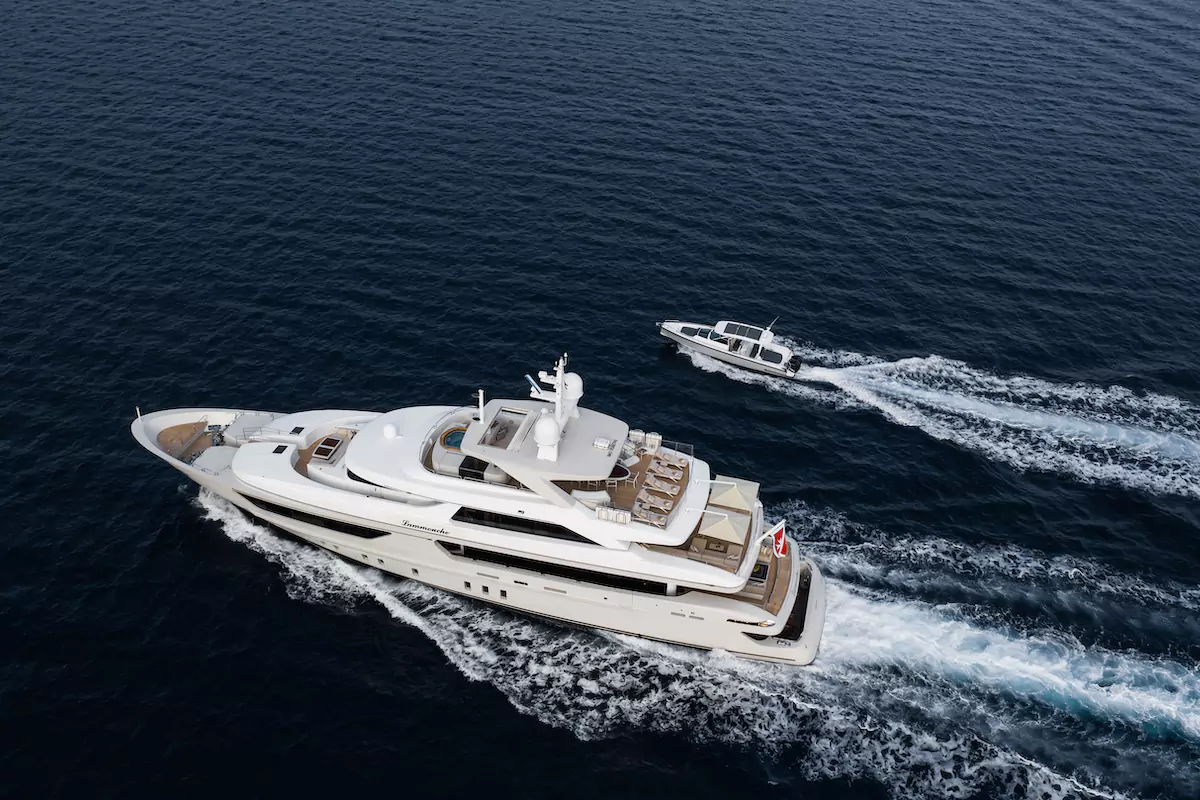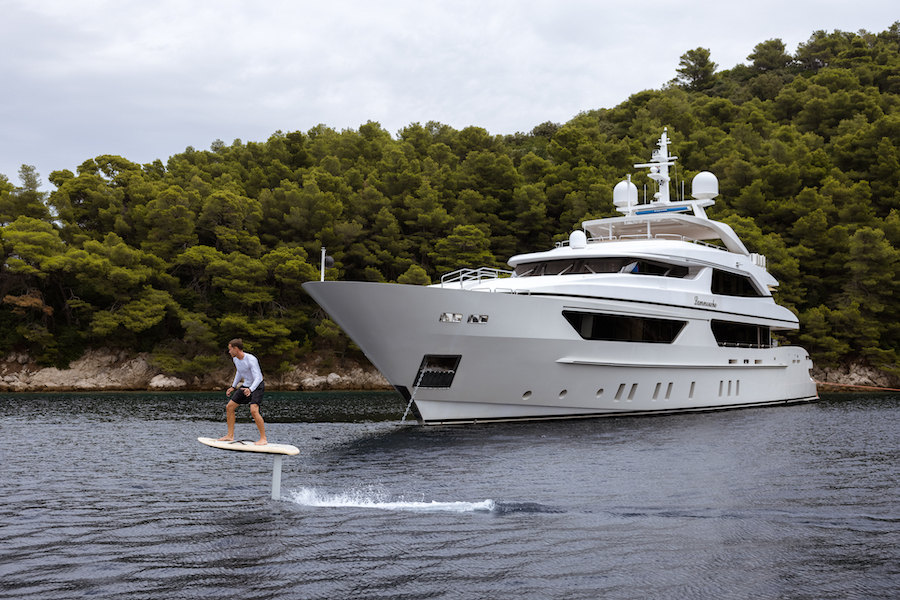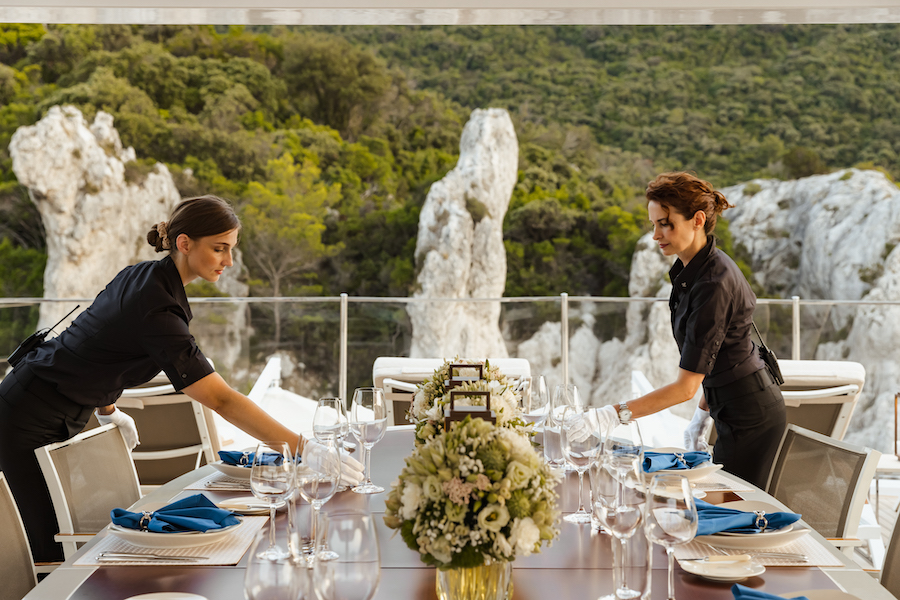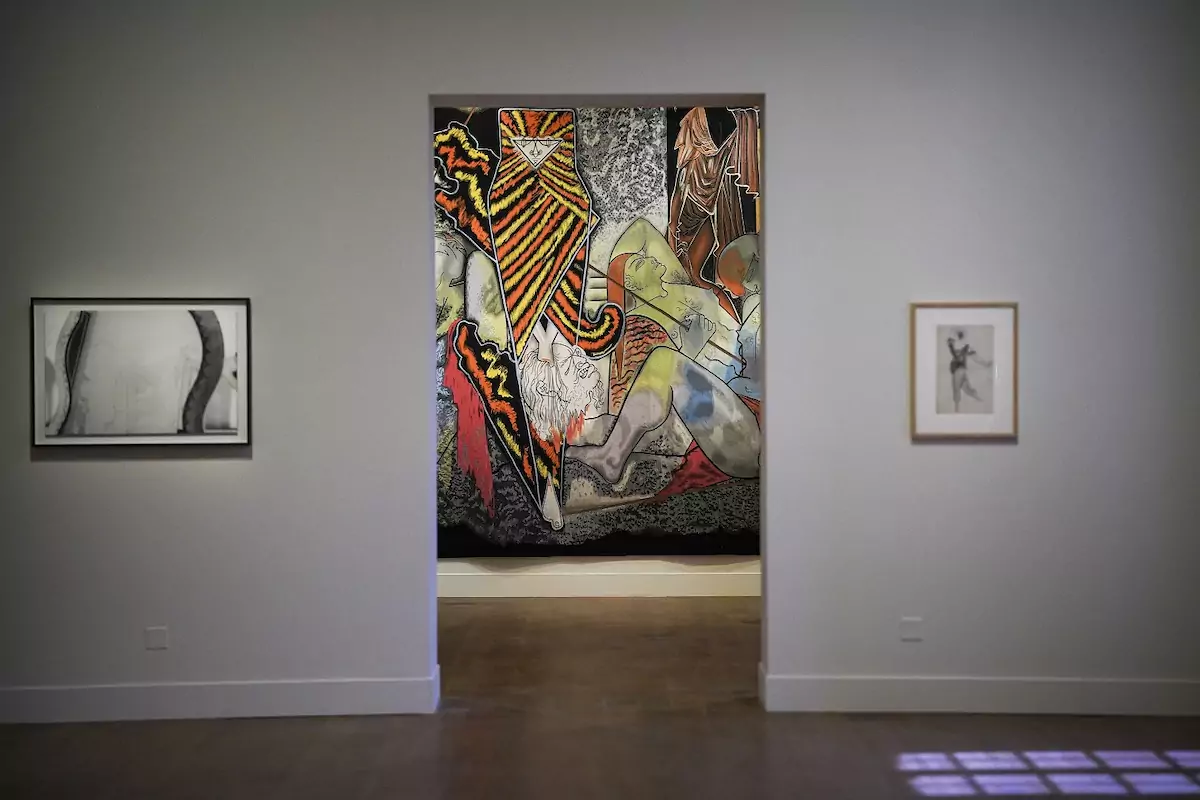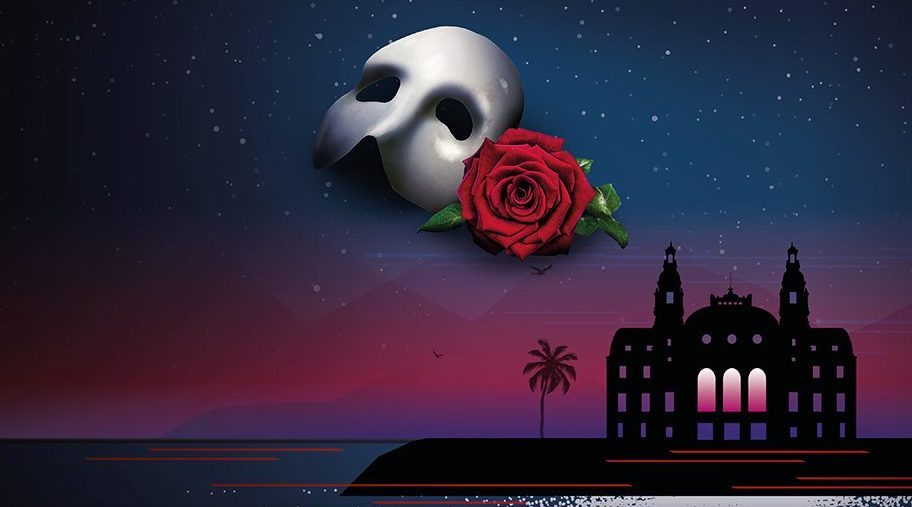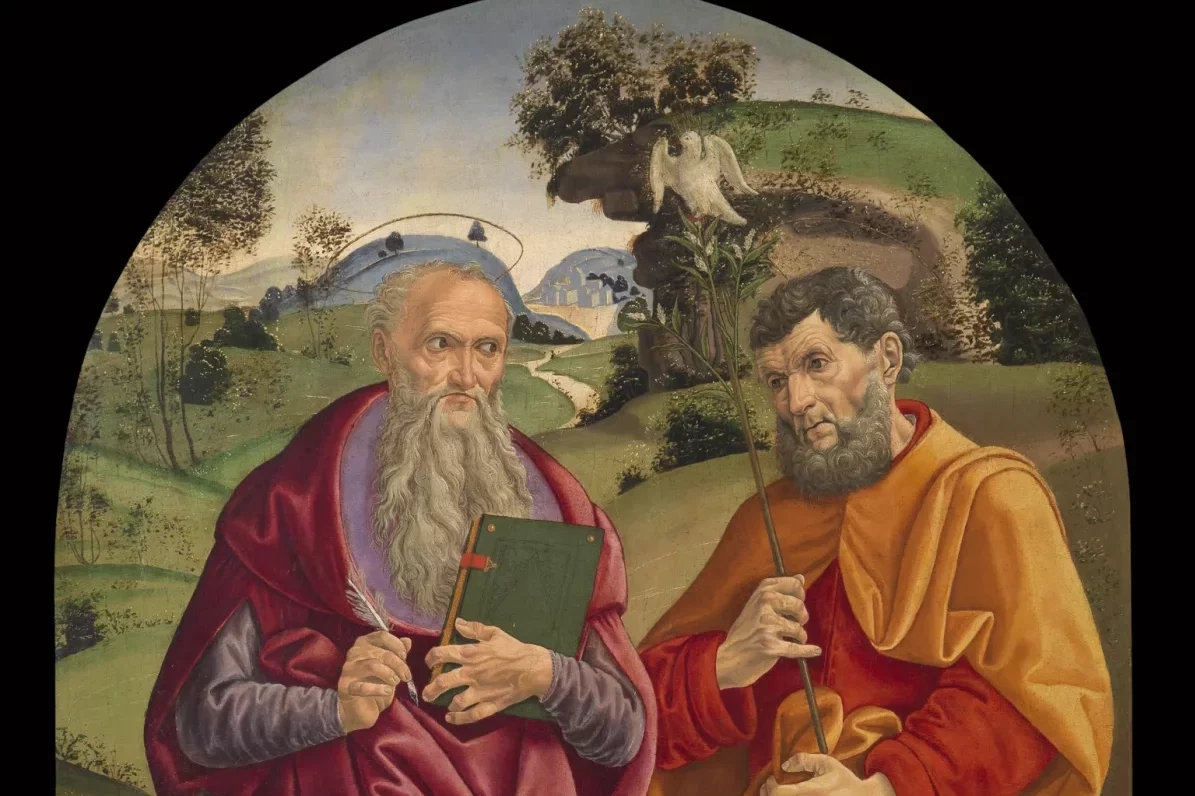British Smith’s opened its doors a little over a month ago, and its UK-centric product list has been well-received by the expat community in Antibes and further afield after the closure of the long-standing Geoffrey’s of London at the end of last year.
Husband and wife couple Frank and Becky Smith met 32 years ago on a campsite in Biot. Becky is from Watford in the UK, while Frank is originally from the Lorraine region of France, in the northeast of the country.
For the best part of 20 years, the couple ran a restaurant together at the campsite, but the Covid pandemic and successive lockdowns forced them to give it up. Both ended up working at the well-known British supermarket Geoffrey’s of London until it closed, blaming the “knock-on effect of Brexit and the current inflations”, and they were made redundant at Christmastime last year.
“It was very frustrating as the custom for an English shop was still around,” Becky told Monaco Life. “The Brexit side of things was difficult at the time, however, a lot of work has been done on this since and I could see that it was possible to source goods from different companies.”

A home-from-home selection
With plenty of experience in the food industry and navigating Brexit-related issues, Becky and her husband decided to open their own endeavour: British Smith’s.
The shop, which has been opened since 9th May, stocks a plethora of British favourites, from crisps and crumpets to clotted cream and baked beans.
“There are very few products that are unavailable now,” says Becky. “We are able to stock fresh and frozen products along with all the dry goods, drinks and beers. We are also building up our world food section and sourcing items that customers are requesting.”

Looking to the future
Becky and Frank are clearly moving with the times and are working on a website as well as a “click and collect” service.
“Depending on how business goes, we may proceed to deliveries in the future, but it’s early days still,” she adds.
Along with the positive reception from Brits in the area who had been sorely missing a home-from-home selection such as that offered by British Smith’s, they’ve also received some support from local locals too.
“To our great surprise – and of which we are very pleased – we also have a great French clientele who are very pleased to find their English favourite goods [here too],” says Becky. “We have huge support from the Anglophone community and are working with local provisioners, serving boats etc. Depending on how business goes, we may proceed to deliveries in the future, but it’s early days still!”
To take a look for yourself and pick up your favourite British goodies, head down to 24-26 Boulevard Dugommier in Antibes between 9am and 7pm, Monday through to Saturday (Saturday closing hours are 6pm).
Sign up for the Monaco Life newsletter. For the latest news, follow us on Facebook, Twitter, and Instagram.
Photos courtesy of British Smith’s Antibes

